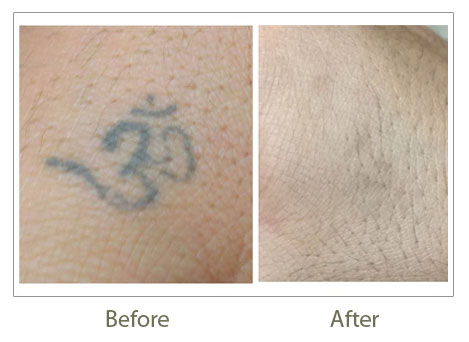Are Hair Transplants Safe? Understanding the Risks and Benefits
Hair loss is a common concern that affects many people around the world, regardless of age or gender. It can have a significant impact on self-esteem and overall confidence. Many individuals seek solutions to combat hair loss, and one popular option is hair transplant surgery.
In this blog, we will delve into the safety of hair transplants, examining both the risks and benefits to help you make an informed decision about your hair restoration.
Understanding Hair Transplants
Before we explore the safety aspects of hair transplants, it's essential to grasp what this procedure is. Hair transplant surgery is a medical technique designed to address hair loss by relocating hair follicles from one part of the body (typically the back or sides of the scalp) to areas experiencing hair thinning or balding. The primary methods of hair transplantation are:
Follicular Unit Transplantation (FUT): Also known as the strip method, FUT involves surgically removing a strip of scalp tissue from the donor area, which is then dissected into individual follicular units for transplantation.
Follicular Unit Extraction (FUE): FUE is a minimally invasive procedure in which individual hair follicles are extracted directly from the donor area using tiny punches and then implanted into the recipient area.
The Safety Concerns
While the prospect of regaining a full head of hair is enticing, potential candidates for hair transplants often harbor concerns about safety. Let's address these concerns and separate fact from fiction.
Hair Transplants Are Painful and Require a Long Recovery
Reality: Hair transplant surgery is performed under local anesthesia, ensuring that the patient remains comfortable and pain-free throughout the procedure. While some discomfort and swelling may be experienced post-surgery, it is usually mild and short-lived. Most individuals can resume their normal activities within a few days to a week.
Hair Transplants Result in Unnatural-Looking Hair
Reality: Modern hair transplant techniques, such as FUT and FUE, have evolved significantly over the years. Skilled surgeons meticulously transplant hair follicles to create a natural, aesthetically pleasing appearance.
Hair Transplants Can Lead to Scarring
Reality: Both FUT and FUE techniques may result in minimal scarring, but the extent largely depends on the skill of the surgeon. FUT typically leaves a linear scar along the donor area, which can often be concealed by surrounding hair. FUE leaves tiny, dot-like scars that are generally less noticeable. Advances in surgical techniques and technology have also reduced scarring.
Hair Transplants Have a High Risk of Infection
Reality: Infection is a rare complication of hair transplant surgery when proper post-operative care is followed. Surgeons and medical facilities take strict measures to maintain a sterile environment during the procedure. Patients are provided with instructions on caring for the transplanted area to minimize the risk of infection.
Benefits of Hair Transplants
let's explore the numerous benefits of hair transplant surgery:
Natural-Looking Results: When performed by a skilled surgeon, hair transplants can provide remarkably natural-looking results, restoring both hairline and hair density.
Improved Self-Esteem: Hair restoration can significantly boost self-esteem and confidence, positively impacting one's overall quality of life.
Permanent Solution: While not entirely permanent, hair transplants offer long-lasting results, reducing the need for ongoing treatments like medications or topical solutions.
Minimal Downtime: Recovery times are relatively short, allowing patients to return to their regular activities swiftly.
Natural Hair Growth: Transplanted hair follicles grow naturally, ensuring a seamless blend with existing hair.
Conclusion
In conclusion, hair transplants are generally safe and effective procedures for addressing hair loss and thinning. It is essential to choose a qualified and experienced surgeon and a reputable medical facility to ensure the best possible outcome. While there are minor risks associated with any surgery, these can be minimized through proper pre-operative evaluation and post-operative care.
If you're considering a hair transplant, consult with a qualified hair transplant specialist. Ultimately, the decision to undergo a hair transplant should be based on a thorough understanding of the procedure, realistic expectations, and a commitment to following post-operative care instructions. If you are looking for the best hair transplant clinic in Gurgaon. Then La Midas Clinic is the best choice for you. They have very knowledgeable and trained surgeons in their respective fields and give you the best and most natural results. If you have a hair-related problem and you want a hair transplant, visit La Midas Clinic for a hair transplant in Gurgaon.



Comments
Post a Comment